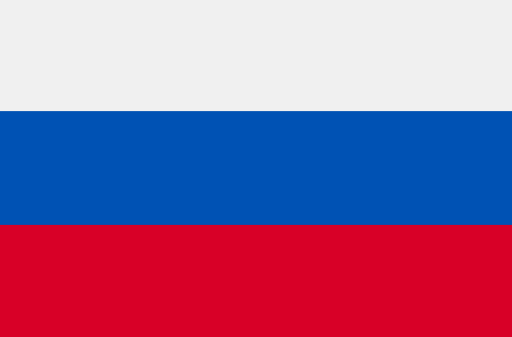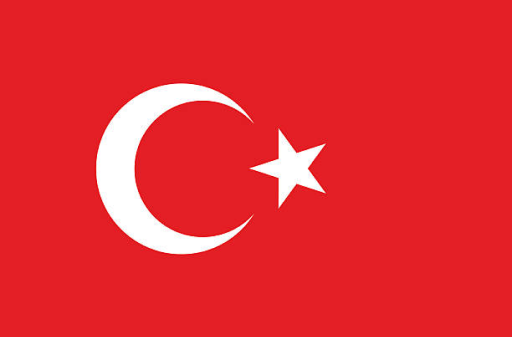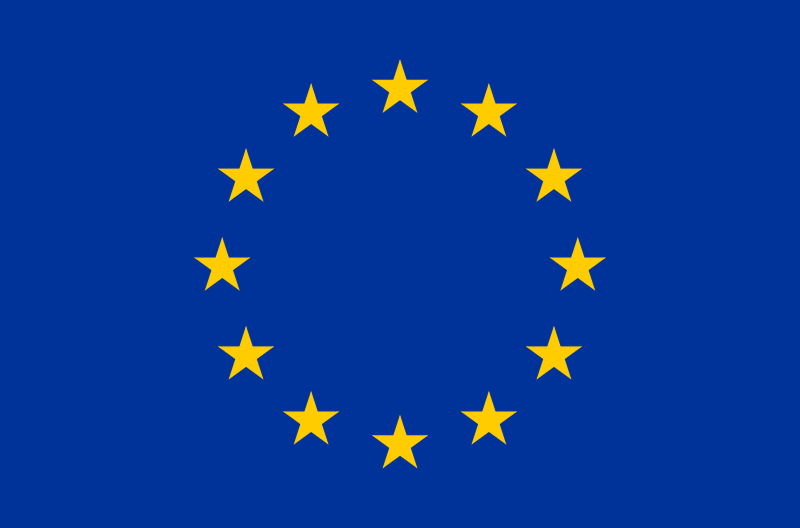Introduction
Public-Private Partnerships (PPPs) in Russia offer a strategic avenue for European partners to invest in large-scale infrastructure and social projects. With a robust legal framework, government support, and a vast market, Russia presents significant opportunities in transportation, healthcare, energy, and education. The strong economic ties between Russia and Europe, combined with the expertise of European firms in infrastructure and innovation, make PPPs an attractive investment model. This article explores the potential of PPPs in Russia for European partners, optimized for search engines with keywords such as Russia PPP investment, European partners in Russia, infrastructure opportunities Russia.
What Are PPPs in Russia?
PPPs in Russia involve collaboration between the government and private sector to develop and operate infrastructure and public services. Governed by Federal Law No. 115-FZ (2005) on Public-Private Partnerships and related regional regulations, these partnerships leverage private sector financing, construction, and management expertise. Common PPP models include:
• Build-Operate-Transfer (BOT): Private partners build and operate a facility for a set period before transferring it to the state.
• Lease Agreements: Private entities lease public assets under long-term contracts.
• Concession Agreements: Private companies gain rights to operate public assets, sharing revenues with the state.
These models provide European partners with opportunities to participate in high-value projects with predictable returns.
Key Sectors for Investment

1. Transportation Infrastructure
Russia’s vast geography drives significant investment in transportation infrastructure. Notable PPP projects include:
• M-11 Moscow-St. Petersburg Highway: A modern, high-speed toll road developed through a PPP model, enhancing connectivity.
• Airports: Modernization of airports like Sheremetyevo (Moscow) and Pulkovo (St. Petersburg) via PPPs.
• Railways: High-speed rail projects and regional railway upgrades offer long-term revenue potential.
These projects align with the expertise of European firms in engineering and infrastructure development.
2. Healthcare
Russia is modernizing its healthcare system through PPPs, with private partners constructing and managing advanced hospitals and medical centers. These projects, supported by government contracts, offer stable returns and opportunities for European healthcare and construction companies.
3. Energy
Russia’s focus on renewable energy, including wind, solar, and hydroelectric projects, creates a growing PPP market. European partners with expertise in green technologies can capitalize on government incentives and increasing demand for sustainable energy solutions.
4. Education and Social Infrastructure
PPPs in education involve building schools, universities, and community facilities, backed by long-term government contracts. These projects appeal to European partners prioritizing socially responsible investments with reliable income streams.
Why European Partners Should Invest in Russia’s PPPs

1. Supportive Legal Framework:
- Russia’s PPP laws ensure transparency and protect investor rights, aligning with international standards.
- Clear tender processes facilitate access to projects for European companies.
2. Economic Ties with Europe:
- Strong trade and investment relationships between Russia and the EU simplify cross-border collaboration.
- European firms’ expertise in technology and infrastructure complements Russia’s market needs.
3. Financial Incentives:
- Tax exemptions, revenue guarantees, and government subsidies reduce investment risks.
- Support from institutions like the European Bank for Reconstruction and Development (EBRD) enhances project viability.
4. Expansive Market:
- Russia’s large population and infrastructure needs create continuous demand for new projects.
- Opportunities in urban and regional development align with Europe’s advanced construction capabilities.
Financial Considerations
- Investment Structure: Private partners typically fund a significant portion of project costs, easing the burden on public budgets.
- Revenue Streams: Long-term contracts (10–30 years) provide income through user fees, lease payments, or government subsidies.
- Risk Management: Currency fluctuations (e.g., Russian ruble) require careful hedging strategies. European partners should conduct thorough due diligence and engage local expertise.
How to Engage in Russia’s PPPs
1. Market Research:
- Explore active and upcoming PPP projects via Russia’s Ministry of Economic Development or sector-specific agencies.
- Review tender announcements for detailed project requirements and eligibility criteria.
2. Strategic Partnerships:
- Collaborate with local legal and financial advisors familiar with Russia’s PPP regulations.
- Form consortia with Russian or international firms to share expertise and mitigate risks.
3. Financing Opportunities:
- Utilize bank financing or support from international institutions like the EBRD.
- Align investment strategies with project timelines and expected returns.
Conclusion
Russia’s PPP framework offers European partners a wealth of opportunities in transportation, healthcare, energy, and education. With a transparent legal environment, government-backed incentives, and strong economic ties with Europe, Russia is a prime destination for infrastructure investments. By leveraging their expertise and partnering with local stakeholders, European companies can achieve significant returns while contributing to Russia’s development. Start exploring Russia’s PPP market today to capitalize on its dynamic growth potential.



















